What does epipremnum look like and how to grow a flower?
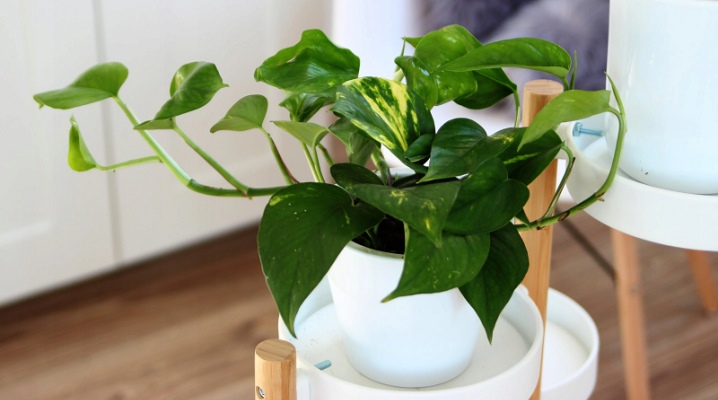
Epipremnum from the genus of lianas is distinguished by lush greenery. Many gardeners love it precisely for its splendor and rapid growth, despite the fact that you will not get flowers from it. Ways of caring for indoor bindweed, types of reproduction, varieties of epipremnum - we will tell you about all this and much more in this article.
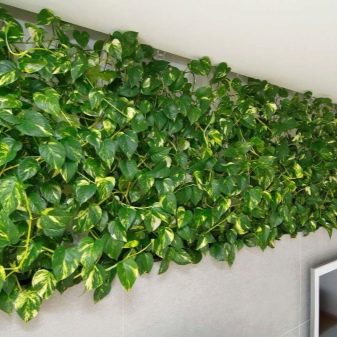
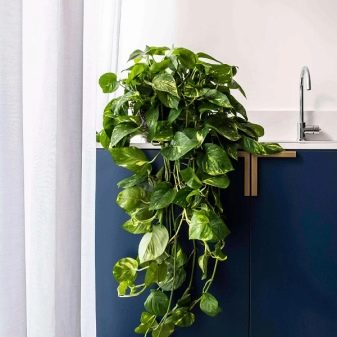
Description
Epipremnum is an evergreen vine native to the rainforests of Australia and India. Many beginners call epipremnum a scindapsus, but this is fundamentally wrong. They are similar plants, but they are different. In its natural environment, the liana behaves quite aggressively, moving along other plants up to 40 meters high. But in apartment conditions, the culture will be much lower. The leaf plates are similar in shape to lilac leaves and resemble a heart. They have a glossy finish and a characteristic blurred pattern. The size of the leaves of an adult culture is 40 by 60 centimeters. Epipremnum has monopodial shoots. The liana, as it grows, clings to any support that gets in its way, and the stem takes root and grows again. Over the years, the stem becomes woody, acquiring a light brown color.
The root system of the exotic by its nature is complex: the underground part consists of the main, additional and fibrous roots (they are responsible for nutrition), and in the aboveground part there are aerial roots (their purpose is to search for a fulcrum). In the natural environment, a plant can bloom in five years. These are unremarkable inflorescences that resemble an ear of corn. Flowering is usually long - from spring to autumn. At home, the exotic does not reach the flowering period. Undoubtedly, conditions in the natural environment are completely different. Liana even produces fruits in the form of berries, which, when cracked, emit seeds.... The native lands of the vines from the Aroid family are the Solomon Islands, Indonesia, Asia.
At home, the flower culture is cultivated for aesthetic purposes to create an interior in the office, on the balcony and loggia, in winter gardens, for decorating walls and windows.

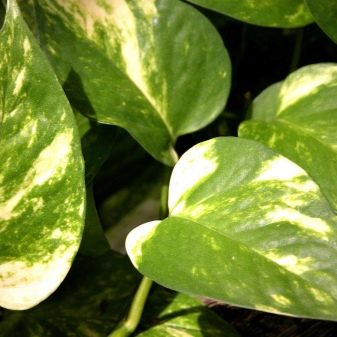
Types and varieties
There are quite a few varieties of tropical loach. But we will only consider the most common ones.
- Golden Potos it is distinguished by its variegated foliage: bright golden blotches stand out against a green background.
- "Ange" represented by corrugated leaves, in which painted white strokes stand out on the dark parts.
- "Happy bodice" - a spectacular liana with white leaves.
- "Skeleton Key". Seeing this variety, you can draw an analogy with the skeleton, and the holes in the leaf plates complement the original look.
- Godzilla creates the feeling that the flower plant will soon die. And all because the foliage of a characteristic color curls into tubes.
- "Neon" interesting for its color: the leaves seem to glow with phosphoric light.
- Variegated "Pinnatum" has white colored sheet plates.
- "Fish Bon" surprises with dissected leaf plates with long internodes.
- Silver Ann - a very rare variety, in Russia there are only a few.
- "Golden", or "Aureum", differs in the intensity of growth, active formation of air roots, due to which it easily creeps up. Its leaf blades have a light golden hue.
- "Pinnate" in natural conditions, it is the largest specimen. The leaf plates have a pinnate shape, hence the plant got its name.At home, it can be found very rarely.
- Variety "Forest". In nature, it can be seen in Indian forests, in wetlands. The top of the leaves is pointed, lancet-shaped. Only private collectors dare to cultivate this plant.
- "Painted" or "Spotted" even under artificial conditions, it can grow up to 15 meters. The young stem is smooth, glossy, but with age, specific growths appear on it. The leaves are long, ovoid.
Among the rare varieties it is worth noting such as "Sebe Blue", "Moonlight", "Mosstock", "Dark Velvet", "Exotic", "Snow Queen". It is these varieties that can only be found among true admirers of exotic cultures.
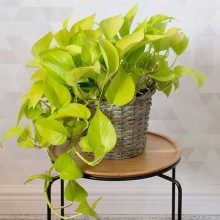
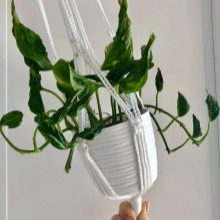
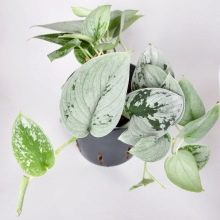
Landing
Experts recommend using a wide and shallow container for the creeper with a mandatory drainage hole to drain the water. The soil should be loose. Many people buy a mixture marked "for flowers".
If you independently prepare the contents of the pot, then you need to take half of the sand and part of the peat, turf and humus.
Planting a plant looks like this.
- The finished shoot should be in water for up to three days.
- Then you can plant it in a prepared container with a useful substrate. The recommended depth is no more than five centimeters.
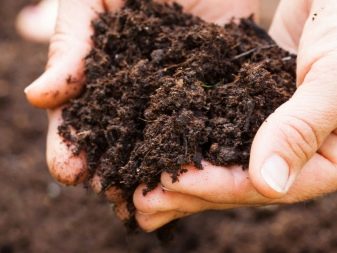
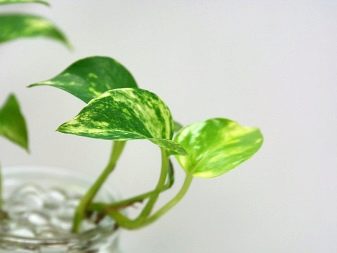
Care
Caring for a flower crop is quite simple. You just need to pay attention to the main points: the correct selection of light, a pot with soil, watering. It is worth choosing the optimal feeding and temperature conditions. More details below.
Conditions
At home, epipremnum prefers to grow at temperatures from +18 to +25 degrees. During the winter rest period, it is recommended to lower the temperature to +14 degrees. Humidity should be increased. Do not place a container with an exotic next to a draft. If the weather is too dry and hot in summer, then daily spraying should be carried out. It is recommended that the plant takes a shower, wiping its sheet plates with a damp cloth.
Exot does not like high temperatures and direct sunlight. Therefore, it is best to determine a place for him on the west or east window. But sometimes, in moderate light, he feels great in the back of the house, on stands, shelves, cabinets. It is better for him to create partial shade, and he can also feel great in the shade.
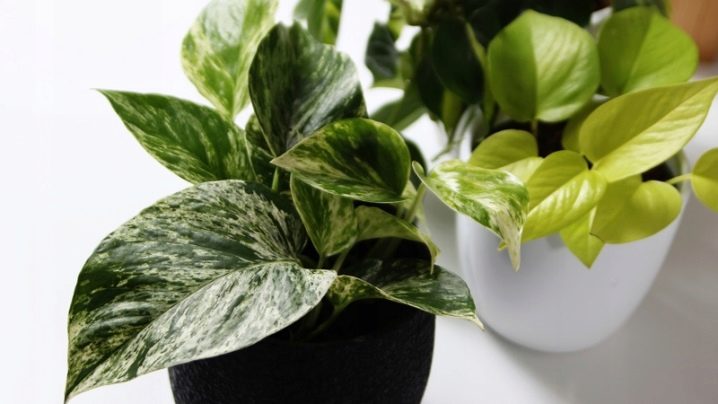
Watering
An exotic liana does not like frequent hydration. It is recommended to constantly monitor the soil. Only when the soil dries up to ½ of the container, you can pick up the watering can. Otherwise, the root system will begin to rot and the plant will die. On average, summer watering should be done once every five days, and winter watering - once every couple of weeks or even less often.
Top dressing
The best option would be to fertilize every three weeks. If it is a liquid substance for flower crops, then it is better to take exactly half the dose. This is provided that the vine is on additional illumination even in winter. If you decide to arrange a rest for the loach, then do not plan to fertilize. In other cases, top dressing should be applied according to the traditional scheme - from spring to late autumn.
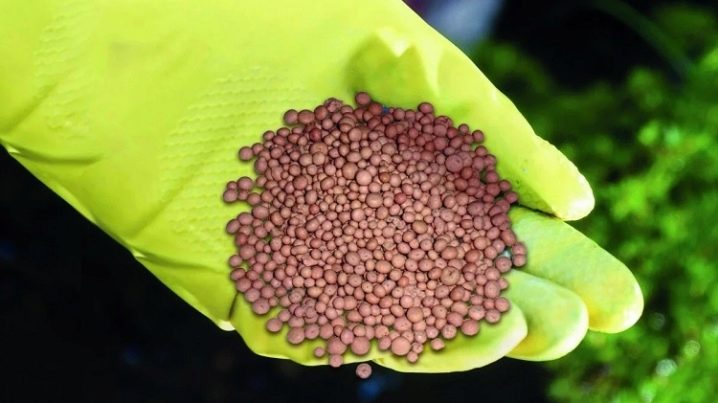
Transfer
All transplant work can be planned once every 2-3 years, but not more often... It is best to do this in the spring, at the moment when the flower culture awakens. Do not forget to water the epipremnum before the procedure, prune it. Some flower lovers plant two or three shoots in a container at a time.
Not all gardeners know exactly when a plant needs to be transplanted. It will be visible immediately: the root system will fill the entire container. But the next container should only be slightly larger than the old one. Active growth will go on in the first months after the transplant, and then it will slow down. And it doesn't matter what material the pot will be made of. You can choose plastic, wood, ceramics.
To make the exotic plant feel comfortable, create a support for the whips in the form of sticks, special ropes and decorative lattices. It will be convenient, as well as such a solution will create coziness and beauty in the interior.
Pruning
Pruning is carried out solely for the purpose of improving the splendor of the plant. The bulk of such work is carried out in mid-April. In this case, all shoots must be cut to half their length.
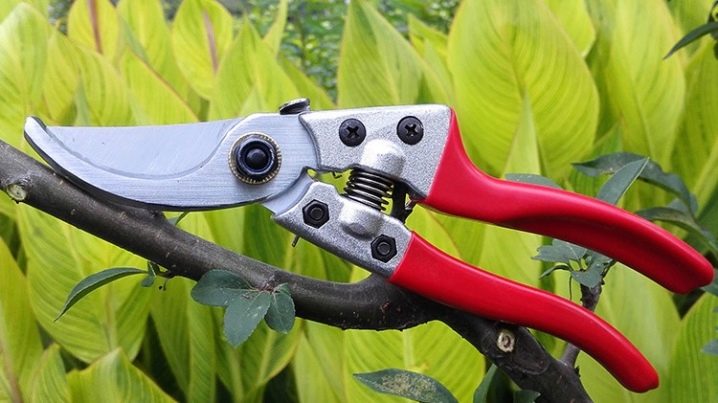
Dormant period
There is no concept of "rest period" for this exotic. Everyone decides for himself whether to reduce the activity of culture or not. But the main active vegetation processes take place from the onset of March until the end of October. With a decrease in the air temperature outside, the growth activity of the epipremnum also decreases. You can take the plant to a cooler and moderately shaded area. It should be watered and fed less.
Reproduction
An ornamental plant can be propagated in two ways: by seeds and cuttings. It is very difficult to propagate exotic seeds by seeds. As already written above, it is unrealistic to achieve full flowering at home, therefore, there is nowhere to take the seeds. But you can buy them in the store. Next, select loose earth and small pots. We pre-irrigate the soil, then distribute the seeds, lightly sprinkle them with soil. We cover everything with cling film or polyethylene, send it to light and heat. After 3-3.5 weeks, the first shoots can be expected. As soon as the first full-fledged leaf blades appear, the seedlings can be planted.
Cutting is the most popular method in our conditions. To do this, use apical shoots with two or three full-fledged leaf plates. Sometimes they resort to the technique of dividing shoots into separate segments. But with the condition that there is a healthy leaf and a full-fledged kidney in the sinus. The rooting process from cuttings is active if the soil is warm and loose. The total rooting time is up to three weeks. After successful division and rooting, you can plant the finished material in separate containers, slightly pinching the top. This is a kind of stimulation for lateral growth and climbing of the plant.
If you need to get a layering, then a pot with ready-made soil is placed next to the plant. After that, put one vine on the ground and fix it with clothespins, clamps, without damaging the stem. Sprinkle a little earth.
As soon as the roots appear, carefully cut this part and plant it in the finished soil mixture.
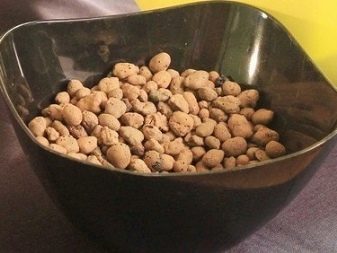
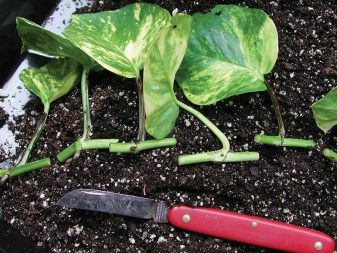
Diseases and pests
Despite the excellent immunity of the vine, improper flower care can radically change everything. Such typical mistakes as frequent application of nitrogen, meeting the plant with drafts, excessive watering and hypothermia do their job. The appearance of diseases and pests depletes the exotic, it can develop with a slowdown or die altogether.
Let's look at some of the problems and how to fix them.
- If the leaves turn yellow, it means that the soil is depleted.... A transplant or fertilization is required.
- The appearance of brown blotches indicates that the soil is not at all suitable for the plant. Another reason is over-watering. Stop irrigating the plant often, spray it less often, and it is better to change the soil. Then the problems themselves will disappear.
- If the leaf plates have a black edging, then this is a sunburn. Move container away from direct sunlight.
- If the leaf blades have turned into the thinnest tubes, rather, water the plant, and spray the leaves with warm water or wipe them.
- If the leaf blades are crushed and become pale, then this is a lack of sunlight.... Change the location of the vine. Excessively elongated shoots can also indicate a lack of light.
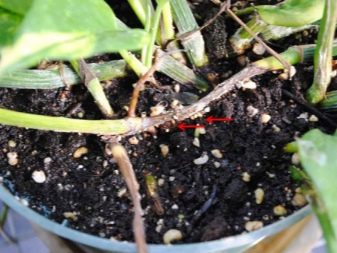
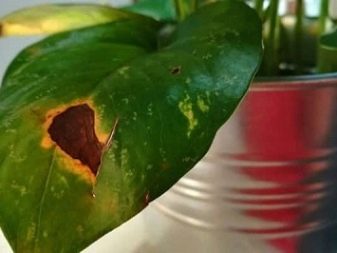
The main parasites for the plant are spider mites, scale insects, aphids, mealybugs. It will not be difficult to get rid of them. First you need to collect them with a damp cloth. Then the plant is treated with insecticides.
In more detail, you can get rid of each type of parasite in one of the following ways:
- a solution of laundry soap, an infusion of citrus peels, as well as chemical preparations: "Trichopol", "Fitoverm", "Fufanon" help well against aphids;
- a spider mite can also be removed with an ordinary shower, and then use "Actellik", "Fitoverm";
- from the shield will help "Aktara", "Aktellik".
Tropical Bindweed Can Benefit... It can purify the air by absorbing harmful substances. He brings positive vital energy into the life of his owners, cheers up. But like many tropical plants, it contains toxins.
Flower juice can cause not only irritation, but also allergies. Therefore, keep the container away from children and pets.
Epipremnum is an unpretentious plant for our latitudes. If you delve into all the subtleties, then you can successfully cultivate a climbing plant at home.

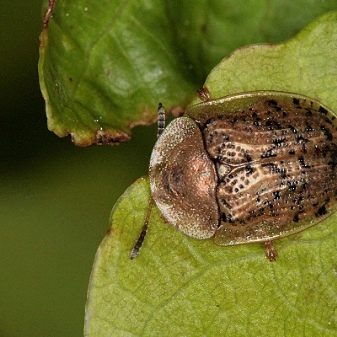

























The comment was sent successfully.